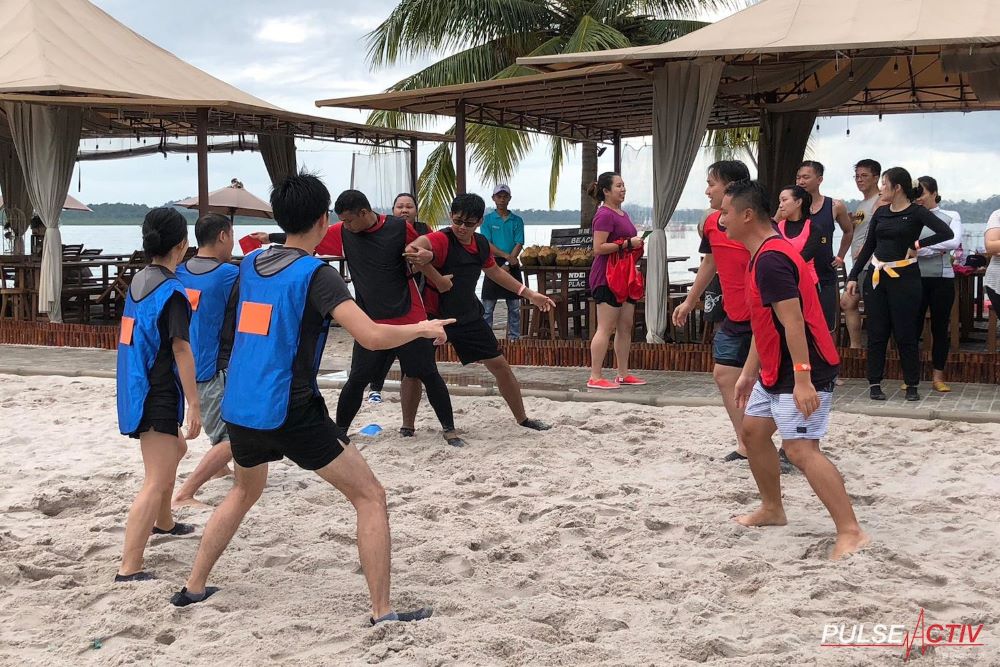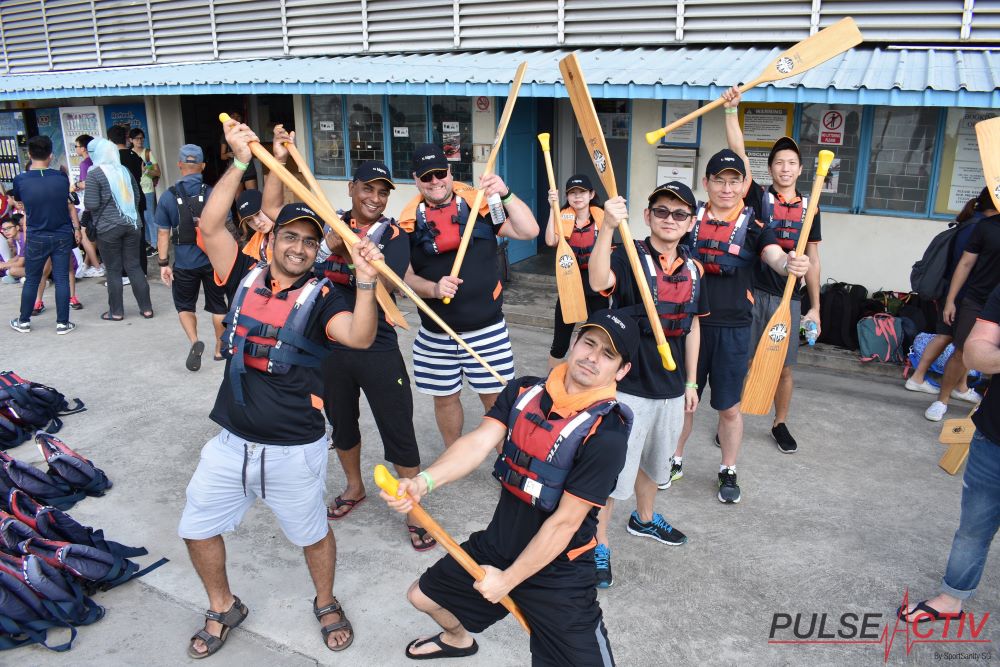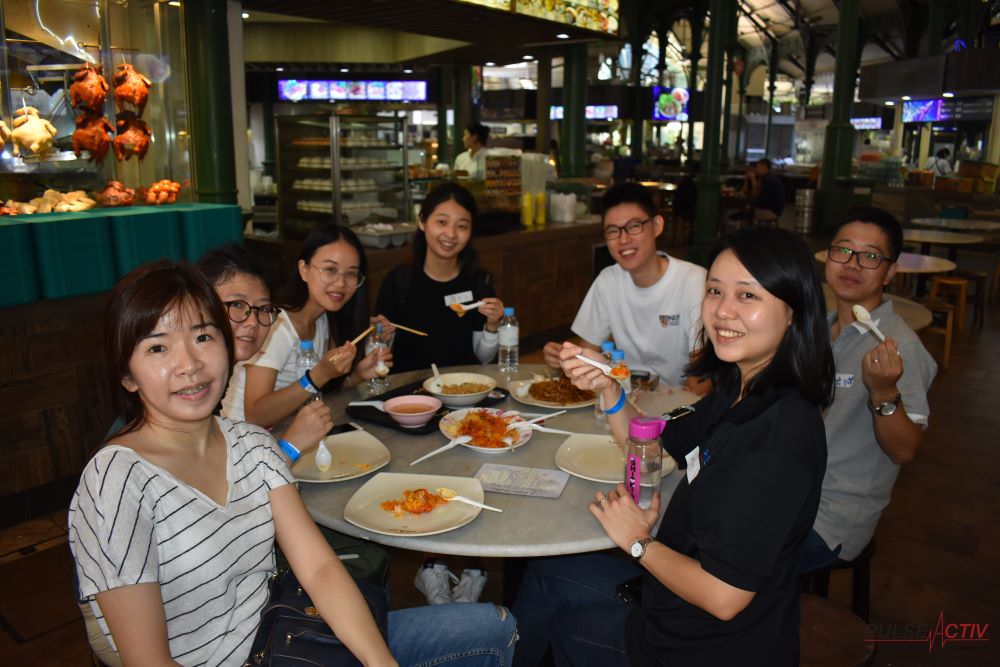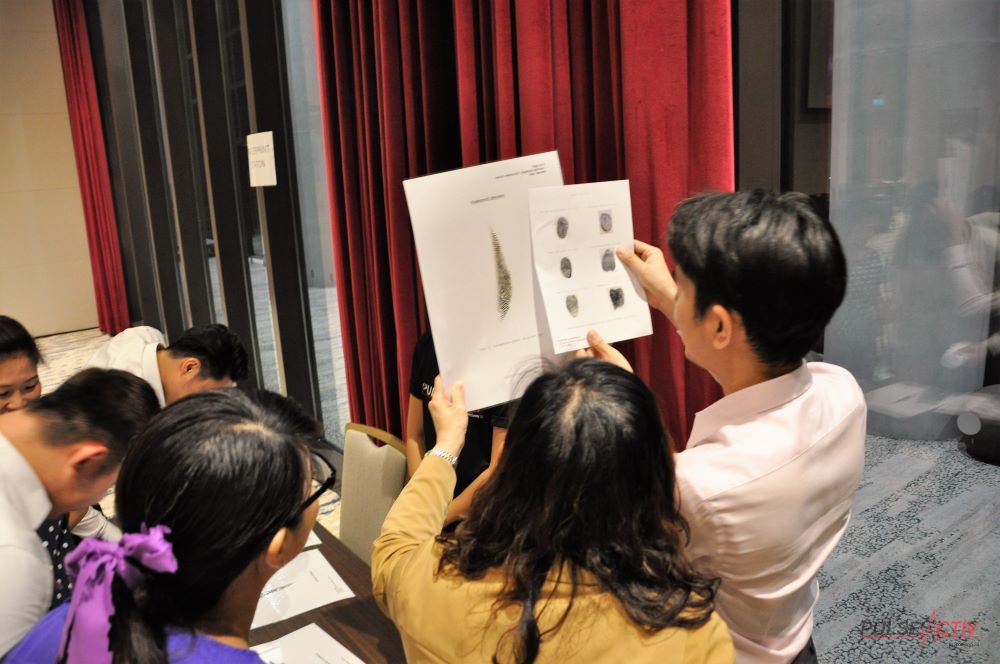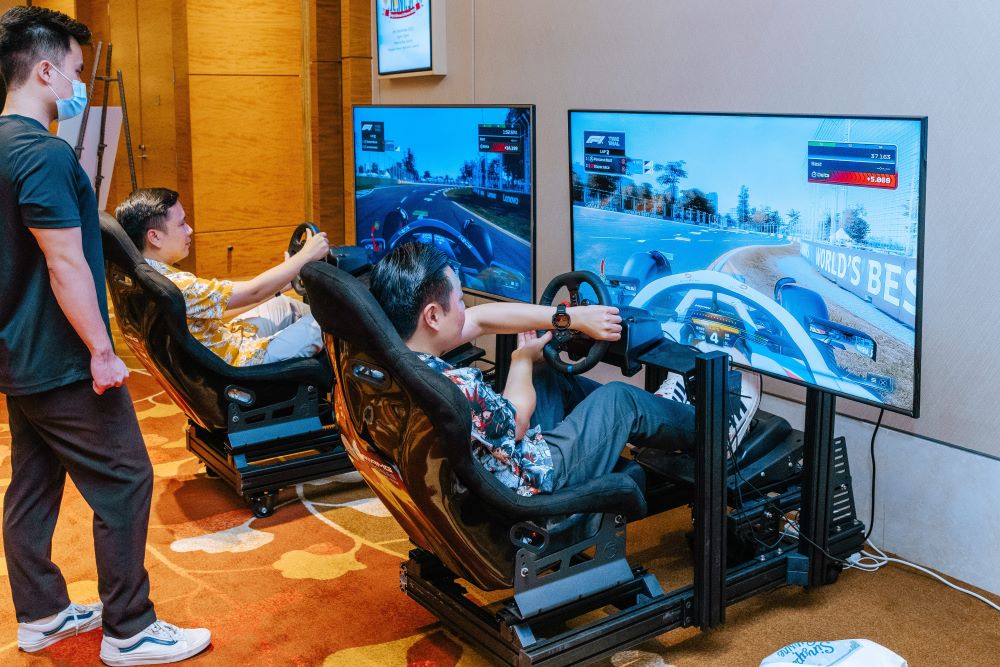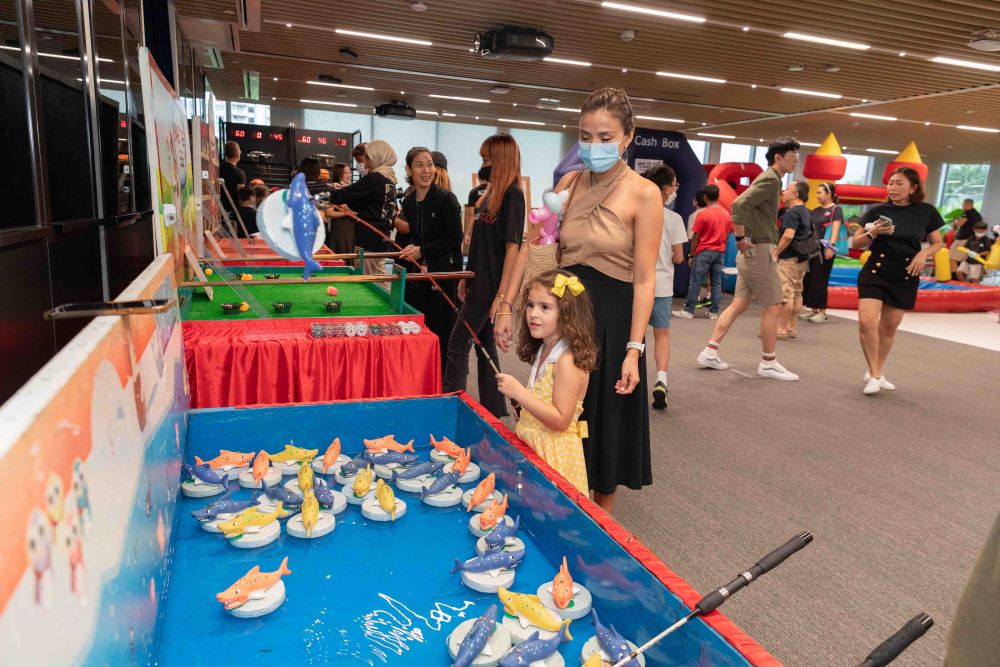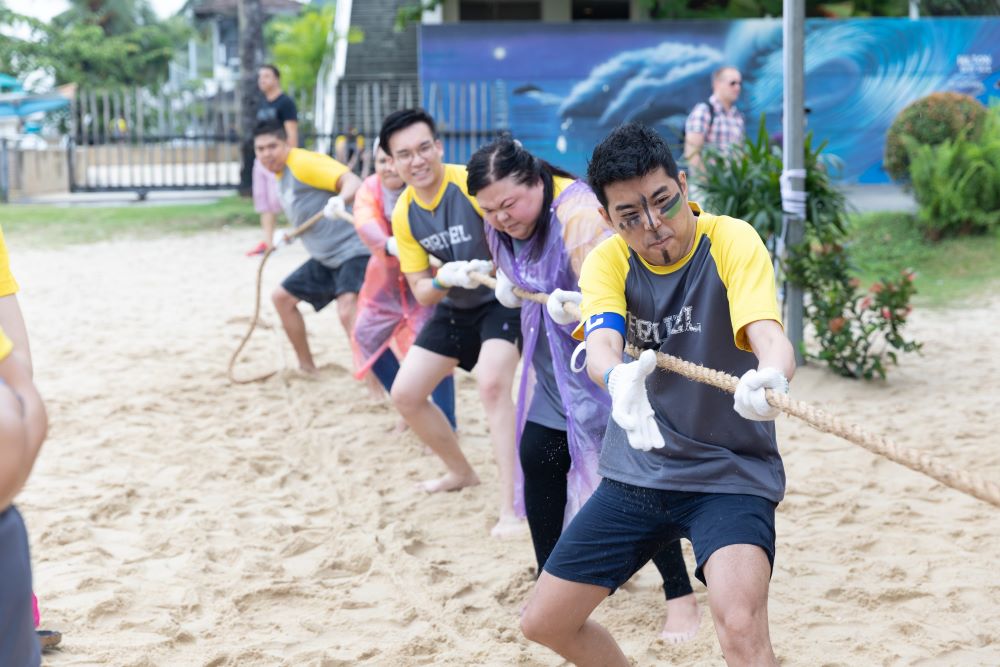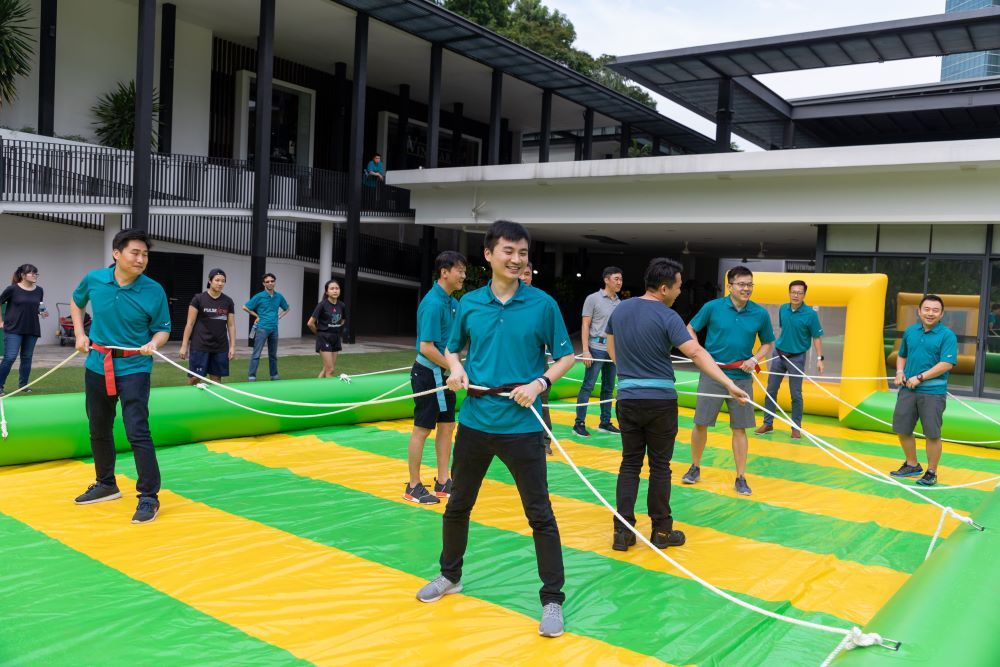Incorporating Local Culture into Your Team-Building Events
Team-building activities are essential for fostering collaboration, improving communication, and enhancing overall team performance. Integrating local culture into these activities can make them more engaging and memorable, providing participants with a unique and enriching experience. Singapore, with its diverse cultural heritage, offers a plethora of opportunities to incorporate local traditions, history, and customs into team-building events. Here are some suggestions on how to integrate Singapore’s rich cultural heritage into your team-building activities:
1. Heritage Trails and Cultural Quests
Organize a heritage trail or cultural quest that takes teams through Singapore’s historic neighborhoods, such as Chinatown, Little India, and Kampong Glam. Participants can engage in activities like treasure hunts, solving riddles, and completing tasks that require them to learn about the history, architecture, and significance of these areas. This not only promotes teamwork but also deepens participants’ understanding and appreciation of Singapore’s multicultural heritage.
2. Traditional Arts and Crafts Workshops
Arrange workshops where team members can try their hand at traditional arts and crafts. Activities such as batik painting, Peranakan beadwork, or Chinese calligraphy provide a hands-on experience of Singapore’s artistic traditions. These workshops encourage creativity, patience, and attention to detail, while also allowing team members to bond over a shared cultural activity.
3. Culinary Challenges with Local Flavors
Food is an integral part of Singaporean culture. Organize a culinary challenge where teams have to prepare local dishes like Hainanese chicken rice, laksa, or satay. This can be done in a kitchen setting or as part of a food trail where teams visit different hawker stalls to taste and learn about the origins of these dishes. Culinary challenges promote teamwork, time management, and creativity, while also providing a delicious way to experience local culture.
4. Cultural Performances and Role-Playing
Incorporate elements of traditional cultural performances into your team-building activities. Arrange for teams to learn and perform segments of traditional dances such as the Chinese lion dance, Malay dikir barat, or Indian bharatanatyam. Alternatively, you can organize role-playing scenarios where teams enact historical events or cultural stories. These activities encourage teamwork, communication, and a deeper understanding of Singapore’s cultural diversity.
5. Language and Cultural Workshops
Host workshops where participants can learn basic phrases in Singapore’s official languages: Malay, Mandarin, Tamil, and English. Include activities that teach about cultural etiquette, traditional customs, and celebrations such as Hari Raya, Chinese New Year, or Deepavali. Understanding and respecting different cultures fosters a more inclusive and harmonious team environment.
6. Volunteering and Community Engagement
Engage in community service projects that allow teams to give back while learning about local culture. Volunteer at heritage sites, participate in clean-up drives at culturally significant locations, or organize events for underprivileged communities that celebrate local traditions. These activities build a sense of social responsibility and unity among team members.
7. Storytelling and Oral History Sessions
Invite local historians or community elders to share stories and oral histories about Singapore’s past. Follow this with a team activity where participants create their own stories or skits based on what they’ve learned. Storytelling sessions can enhance listening skills, creativity, and empathy, while also preserving and passing on cultural knowledge.
8. Cultural Games and Sports
Introduce traditional games and sports into your team-building activities. Play sepak takraw, a traditional Malay sport, or Chinese chess (xiangqi). These games can be both fun and competitive, encouraging strategic thinking, coordination, and teamwork.
9. Cultural Dress-Up and Photography
Organize a cultural dress-up day where team members wear traditional attire from Singapore’s various ethnic groups. Combine this with a photography session or a fashion show where teams present their outfits and share what they’ve learned about the cultural significance of their attire. This activity promotes cultural appreciation and creates lasting memories.
10. Interactive Museum Visits
Plan visits to Singapore’s museums, such as the National Museum of Singapore, the Asian Civilisations Museum, or the Peranakan Museum. Arrange for interactive tours or scavenger hunts within the museums, where teams have to find specific artifacts or answer questions related to exhibits. Museum visits can be both educational and entertaining, providing a rich cultural context for team-building activities.
Incorporating local culture into your team-building events not only makes them more engaging and memorable but also fosters a deeper connection and understanding among team members. By embracing Singapore’s rich cultural heritage, you can create meaningful experiences that resonate with participants and strengthen team cohesion.
To head back to read another article in our blog, click here.
